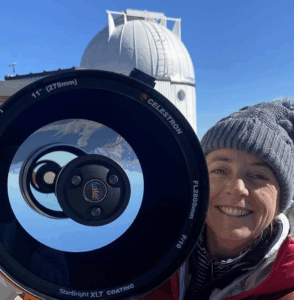
Charline Giroud’s Journey as an ISS Tracker
The International Space Station has been my favorite target since I started astrophotography five years ago. Even though my conditions aren’t ideal—I live in a light-polluted area surrounded by trees,
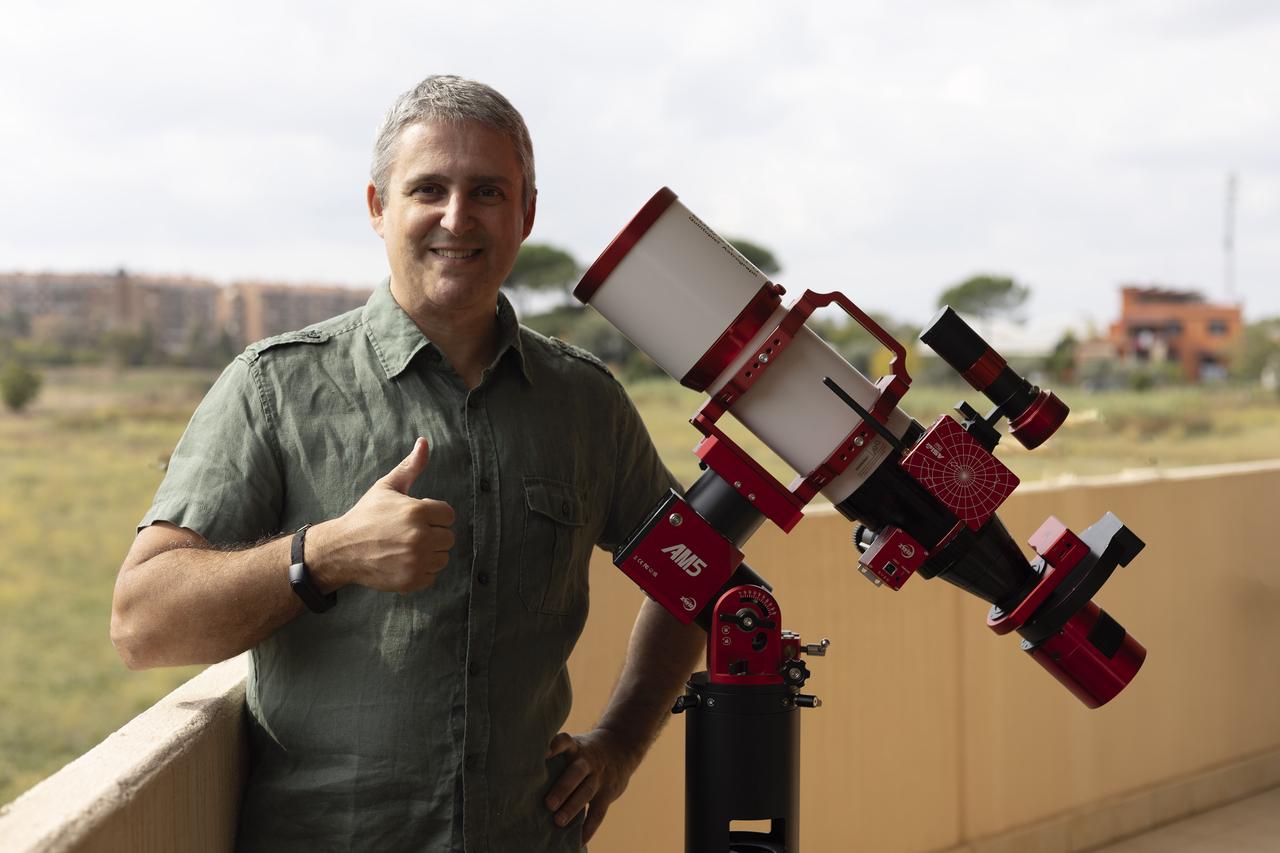
Hi, I’m Gianni Lacroce, an Italian astrophotographer. My passion for the night sky began long before I owned a telescope or a camera. As a child, I remember standing outside at night, gazing up and feeling that sense of infinite wonder that only the stars can provide. But it wasn’t until 2018 that I truly decided to capture what I saw.
That year, I saw my first deep-sky image online: a breathtaking nebula, full of colors and structures the human eye could never see on its own. Something clicked inside me. I realized that astrophotography wasn’t just about taking pictures; it was about revealing a hidden universe. I wanted to do that too: to bring out the invisible, to make time and light tangible.
At first, I thought it was impossible. The equipment seemed too expensive and complicated. But when I discovered ZWO cameras, everything changed. Their products allowed me to achieve incredible results without needing an observatory or a large budget. This accessibility gave me the courage to get started.
I began photographing from my terrace in Rome, battling light pollution but filled with excitement every time a faint nebula appeared on the screen. Every night was a mix of frustration and amazement—cables, calibration, guiding, focusing—but also that indescribable feeling when you realize you’re capturing the light left by a star thousands of years ago.
From those first nights, my journey evolved rapidly. Curiosity turned into study; study into passion. Over time, my equipment evolved, my processing skills improved, and I befriended a community of people who shared my passion. Recently, I chose to create a remote observatory in Manciano, under one of the darkest skies in Italy, together with some close friends who share the same dream.
Now, looking back, that single thought—”I have to photograph this”—has shaped an entire part of my life. What began as curiosity under the city sky has become a profound and creative journey among the stars.
My equipment has evolved significantly since I started this journey in 2018. I’m starting to use a simple DSLR, which I modified for astrophotography, and a Skywatcher AZ-EQ5 mount with a 200 Newtonian. But as my passion grew, so did my curiosity for precision and efficiency. That’s when ZWO became the heart of my gear and the turning point in my astrophotography journey.
Today, my entire imaging system is built around ZWO equipment. My main camera is the ASI2600 Duo, which I consider a masterpiece of design and practicality, combining a powerful imaging sensor with an integrated guide camera in a single compact body. For my narrow-band, high-detail projects, I also use the ASI2600MM Pro, paired with ZWO filter wheels (2″ and 36mm) loaded with LRGB and narrow-band filters. My main telescope is now an Askar FRA600, which can be reduced to f/3.9 with a focal length of 420mm. To guide the system, I rely on the ZWO mini guide scope, which I mounted the ASI224 camera on, while the ZWO CAA rotator allows me to perfectly frame subjects without touching the system. Everything is flawlessly controlled via ASIAIR, which has radically changed my approach to astrophotography: from setup to focusing, from polar alignment to guiding, and even remote control. My mount is the ZWO AM5 Harmonic Drive, which has truly redefined my imaging experience. It’s compact, lightweight, and incredibly precise, making it perfect for both portable setups and remote control.
Over time, my system has transformed from a collection of components into a complete, integrated ecosystem, where each component communicates seamlessly with the others. This harmony allows me to focus on what really matters: the beauty of the sky itself.
If I had to pick the biggest breakthrough, it would undoubtedly be ASIAIR. It’s simplified everything: no more laptops, messy cables, or endless software configurations. It’s transformed complex evenings into smooth and enjoyable sessions. With ASIAIR and the AM5, I can finally spend more time under the stars and less time struggling with setup.
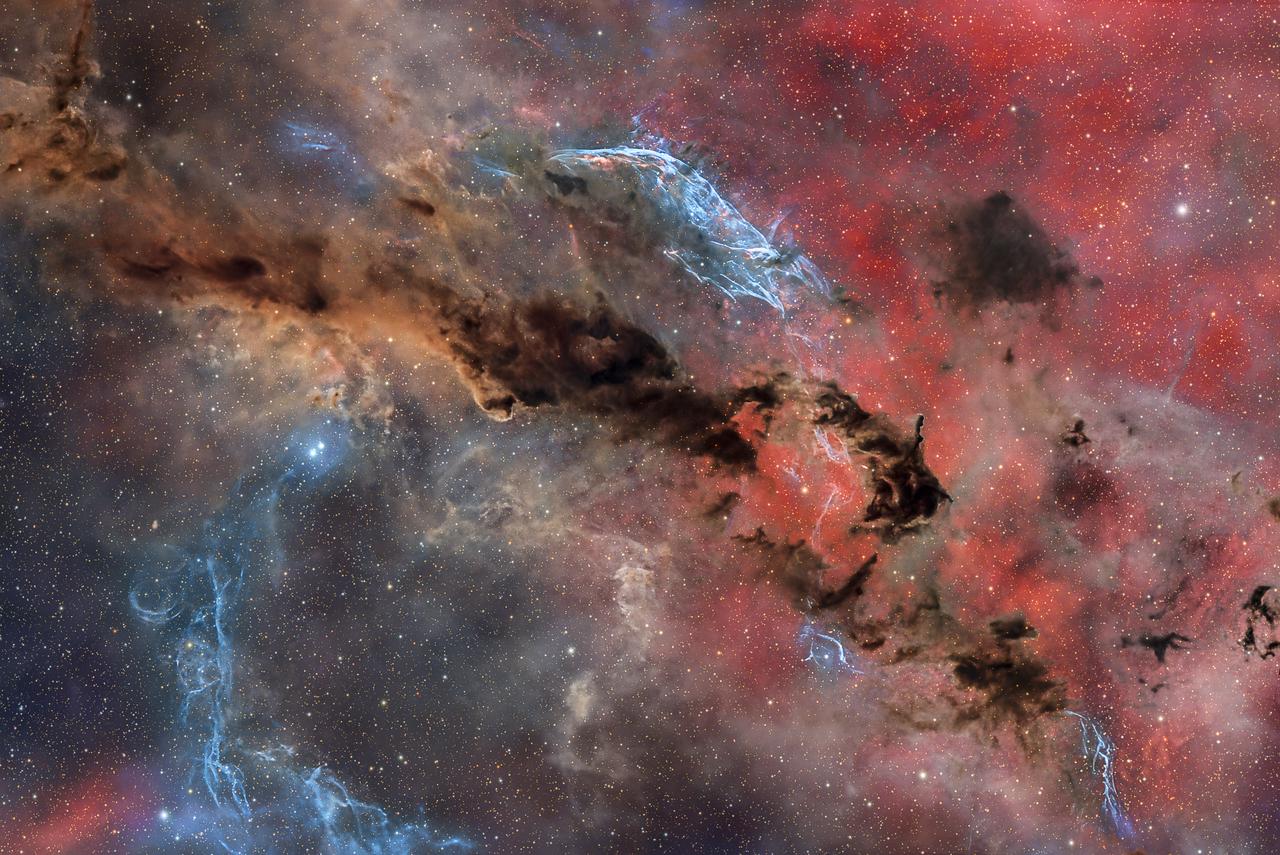
Most of my astrophotography sessions start from my terrace in Rome — not exactly the darkest sky, but the place where my passion truly took shape. Shooting from the city taught me patience, discipline, and the joy of small victories. Even under heavy light pollution, when a faint nebula starts to appear on the screen, it feels like conquering a piece of the universe one photon at a time.
Still, I’ve always been drawn to the idea of traveling for clearer skies. Over the years, I’ve become something of an itinerant astrophotographer, loading my gear into the car and driving to the countryside in search of darkness and silence. It was during one of these trips that I captured one of my most meaningful images — the Horsehead Nebula. That night was unforgettable. The air was cold and perfectly still, the sky was crystal clear, and the guiding was running flawlessly. When the first sub-exposure appeared on the screen, the dark silhouette of the Horsehead slowly emerged against the glowing red of IC 434. I just stood there, completely silent, realizing that I was capturing light that had traveled hundreds of years to reach me. That image became one of my proudest works — and eventually won me my first ASIWeek.
Today, my adventure under the stars continues in a new chapter. Together with a group of dear friends, I have set up a remote observatory in Manciano, in one of the darkest skies in Italy. It’s a dream project: a place to share not only equipment, but also experiences, discoveries, and a shared passion. Observing the telescope remotely under that pristine sky still gives me the same feeling I felt that night with the Horse’s Head: awe, humility, and connection.
When I’m out photographing, my favorite moment is always that first shot, when the universe finally reveals itself on the screen. It’s a feeling that never fades, no matter how many nights you spend chasing the stars.
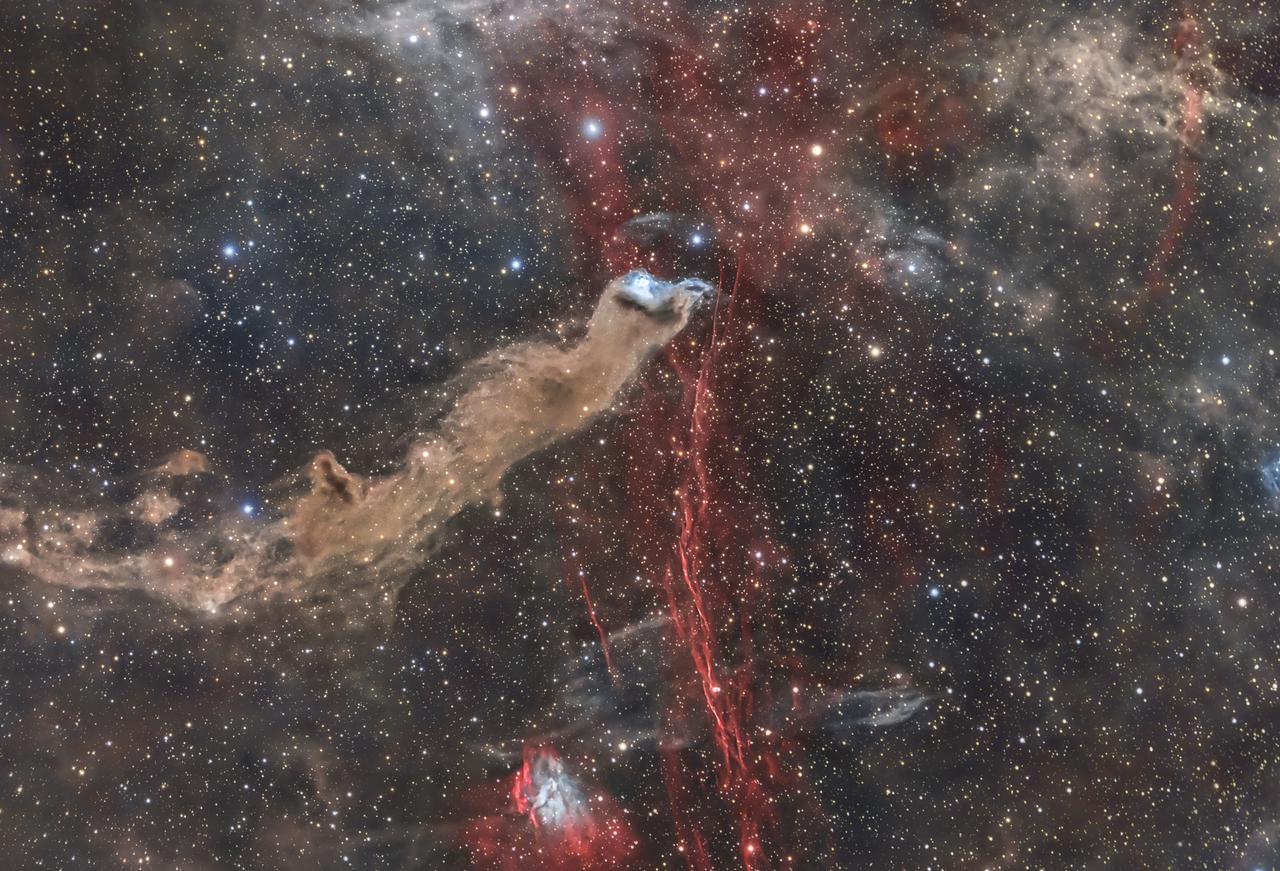
Astrophotography constantly reminds me that beauty often comes through perseverance. It’s one of the most rewarding forms of photography — but also one of the most demanding.
In recent years, my toughest challenge has been finding balance: between unpredictable weather, long nights under the stars, and everyday life. There have been nights when clouds rolled in just as everything was perfectly aligned, or when I spent hours troubleshooting guiding or focus issues. Those moments can be frustrating, but they also teach you humility — the sky doesn’t follow your schedule, and you have to learn to adapt.
Building and managing a remote observatory added another layer of complexity. When you control everything from afar, you need to trust your setup completely — the mount, the cameras, the automation. It requires not only technical precision but also patience and teamwork. There are times when things don’t go as planned, but when everything finally works in harmony, the satisfaction is indescribable.
The biggest lesson I’ve learned since I started imaging is simple but profound: progress is built on persistence, not perfection. Every failed session teaches you something new; every small improvement builds toward mastery. Astrophotography is a dialogue between technology and nature, between your determination and the rhythm of the universe.
You can’t force the sky to cooperate — you can only learn to dance with it.
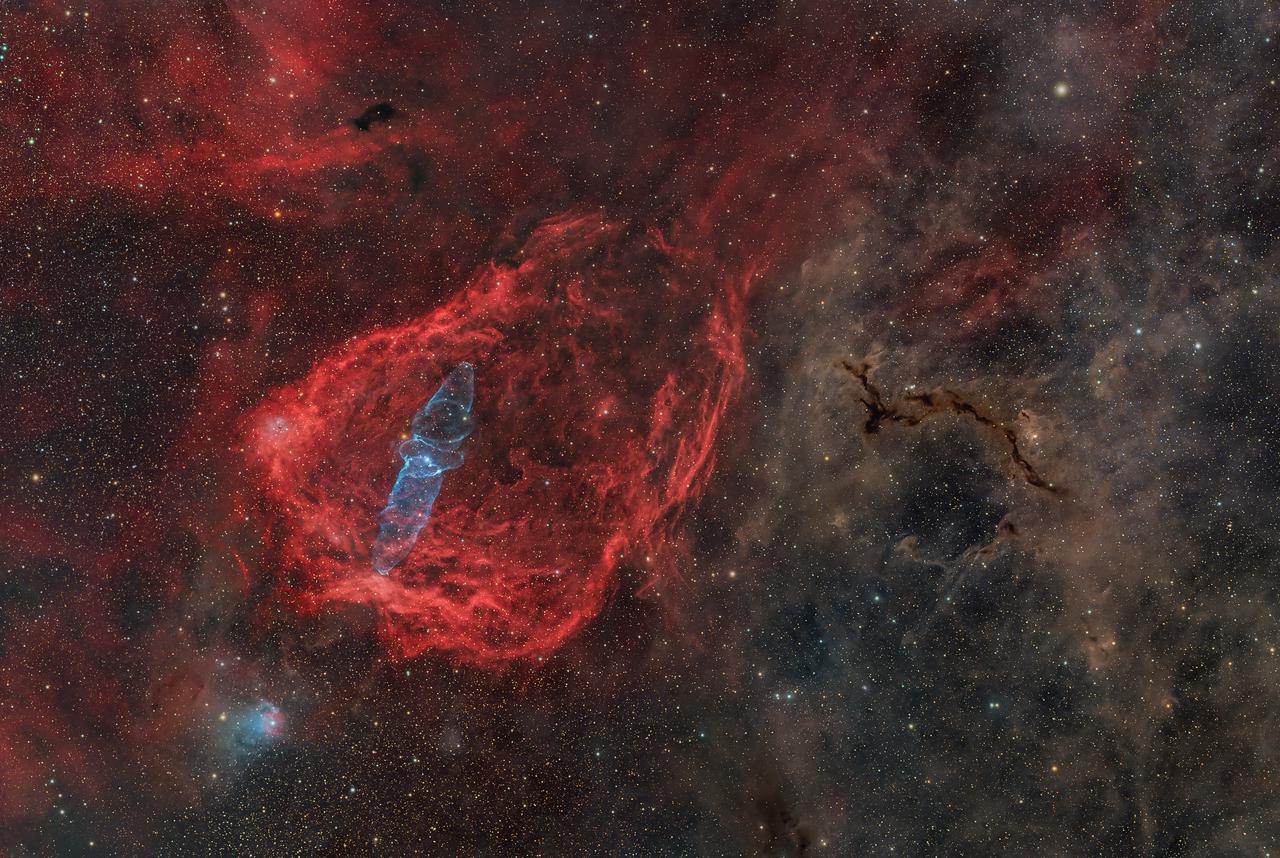
For me, post-processing is where science meets art — the moment when raw data transforms into emotion. It’s the most creative phase of the entire process, but also the one that demands the most patience and care.
My workflow usually begins in PixInsight, where I handle all the calibration, stacking, and integration. This is the stage where the image truly takes form — the countless individual exposures become one clean, aligned master frame. From there, I move into the more artistic side of the work using Photoshop.
One of the techniques I use most often is separating the stars from the nebula. This allows me to process each component independently — enhancing structure, contrast, and color in the nebula without affecting the natural look of the stars. Once both parts are balanced, I carefully recombine them for the final image. When working on RGB images, especially like the one that won my ASIWeek feature, I often isolate and enhance the individual RGB channels separately before recombining them. This helps me amplify subtle color variations and bring out hidden details while maintaining a clean and natural look. It’s a meticulous process — sometimes a single image can take several nights of refinement — but that’s where the magic happens.
Over time, my approach to processing has changed a lot. In the beginning, I was tempted to push the data too far — stronger contrasts, oversaturated colors, sharper lines. Now I’ve learned to work with more restraint, letting the data breathe and speak for itself. The goal is no longer to impress, but to express — to show the beauty of the universe as faithfully and gracefully as possible.
In the end, I see post-processing as a quiet dialogue between me and the image. Each curve adjustment or color balance is a small decision that brings me closer to the feeling I had under the stars when I first captured that light.
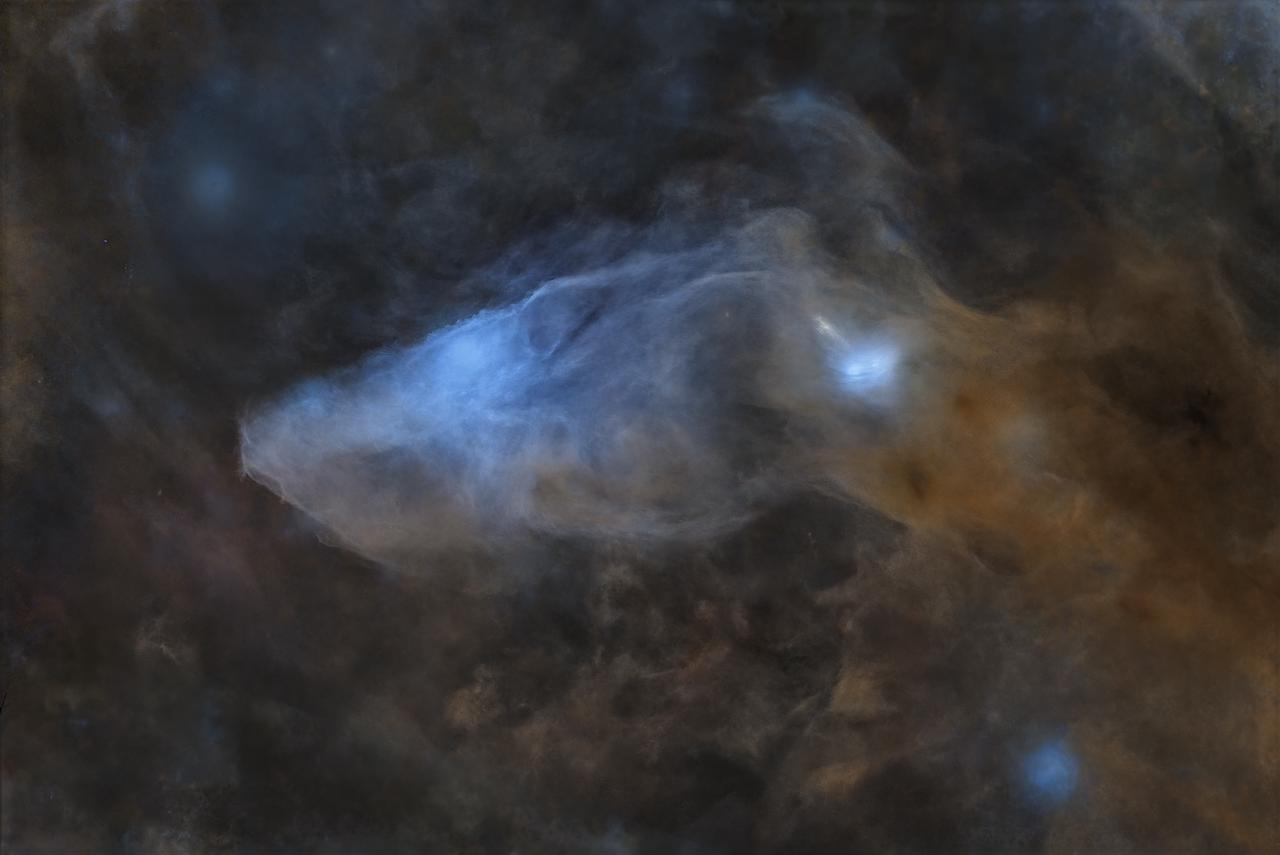
If I had to choose one image that truly represents my journey as an astrophotographer, it would undoubtedly be my capture of the Horsehead Nebula (Barnard 33). I’ve photographed it several times over the years, and every time it feels like rediscovering an old friend under a new sky.
That image, in particular, carries a lot of meaning for me. It was taken during one of my itinerant trips, far from the bright lights of Rome, under a perfectly clear and silent sky. I remember setting up my gear, surrounded by the kind of darkness that almost hums with energy. When the first sub-exposure appeared on the screen, the distinctive silhouette of the Horsehead began to rise out of the glowing red background of IC 434 Technically, it was one of those nights where everything just worked. The Camera Zwo performed beautifully, the guiding was perfect, and the data came out crisp and balanced. But beyond the technical success, that photo marked a deeper moment: it reminded me why I fell in love with astrophotography in the first place. The Horsehead is a symbol of contrast — darkness and light, shape and void — and for me, it mirrors the creative tension of this hobby: the struggle between control and surrender, precision and wonder.
Winning an ASIWeek feature with that image was a proud moment, not just for the recognition, but because it validated years of learning, experimenting, and trusting the process. It’s a piece that still defines me — both as a photographer and as a dreamer.
The Horsehead Nebula remains my favorite target, the one I return to almost every season. It’s familiar, yet endlessly new — a reminder that the universe is alive, changing, and always ready to reveal something more if you have the patience to look again.
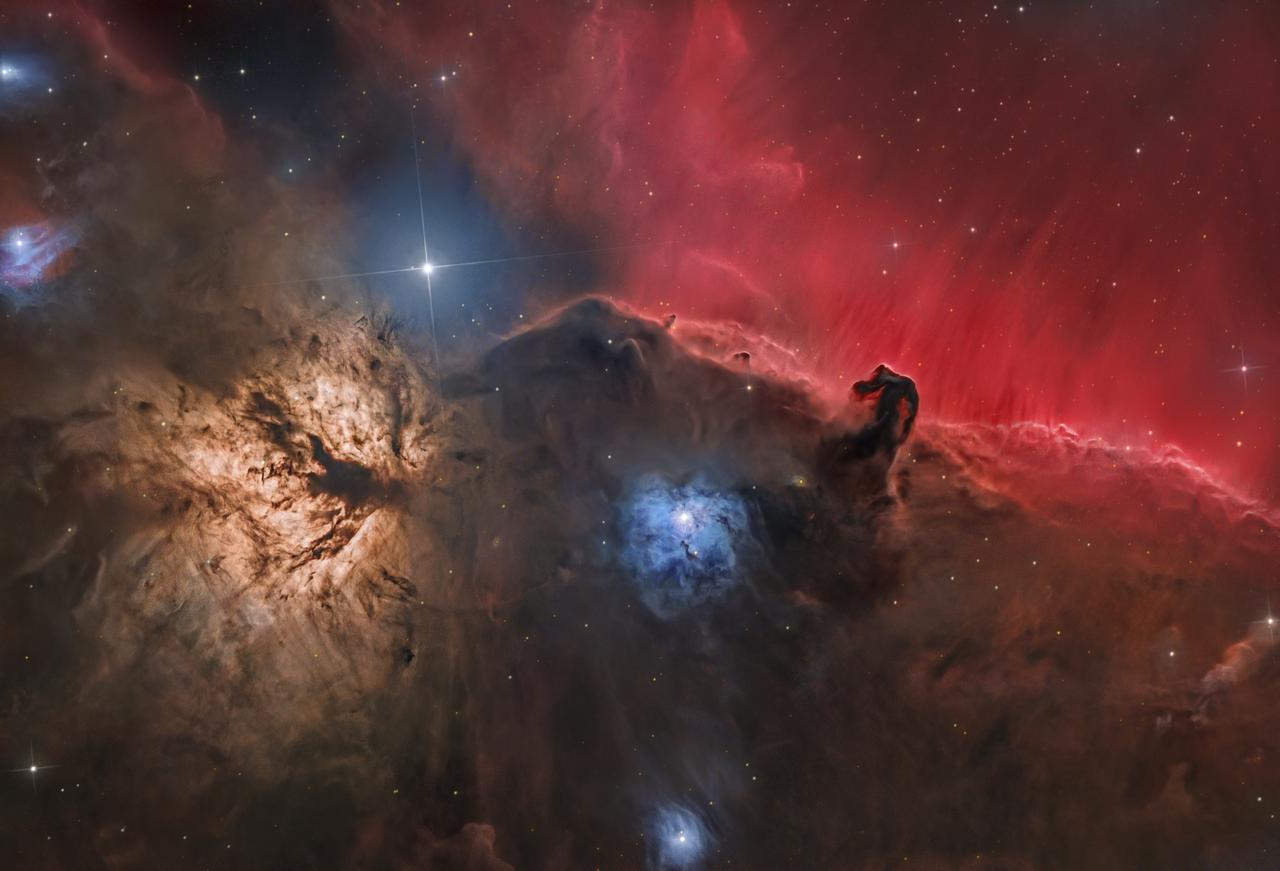
Next year feels like the beginning of a new chapter in my astrophotography journey. After years of lugging my equipment from one place to another—from the terrace of Rome to dark fields across Italy—I’m now focusing on developing our remote observatory in Manciano. It’s more than just a technical project; it’s a dream shared with friends who love the sky as much as I do. Together, we’ve built a place where our telescopes can photograph, night after night, under one of the clearest skies in Italy.
My main goal for the coming year is to explore deep narrowband imaging more deeply, pushing my ASI2600MM Pro to its full potential, capturing complex nebulous structures and supernova remnants. As for new gear, I’m always curious about what ZWO will come up with next. Their ecosystem has allowed me to grow step by step, and every innovation — from the ASIAIR to the AM5 — has opened new ways to experience the sky. I’m particularly excited about exploring more automation, refining remote control workflows, and maybe expanding the observatory with additional instruments dedicated to wide-field imaging.
Looking further ahead, I see my astrophotography evolving toward greater storytelling. I don’t just want to capture beautiful images — I want each photograph to express something deeper about time, distance, and human curiosity. Astrophotography, for me, is not only about recording the light of the universe — it’s about recording the feeling of being part of it.
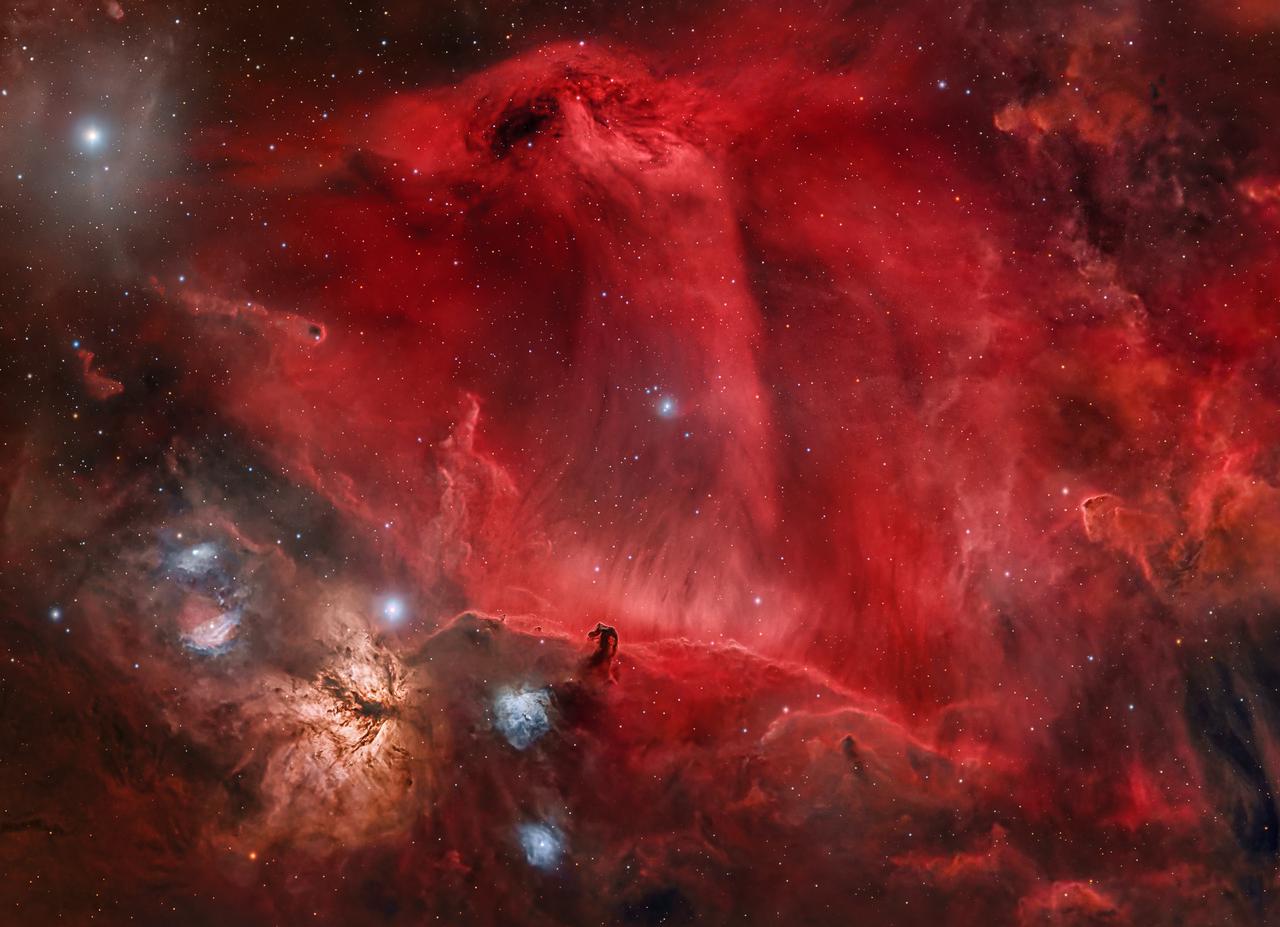
What features or products would you love to see from ZWO in the future?
I first heard about ZWO in 2018, at a moment when I was looking to move from DSLR imaging to a dedicated astro camera. What immediately caught my attention was how ZWO managed to make high-quality astrophotography gear truly accessible. Their cameras offered excellent performance at a price that opened the door for many enthusiasts — myself included — to take that next step toward more serious imaging.
Since then, ZWO products have become a consistent part of my workflow. In my current setup, I use the ASI2600 Duo as my main camera, the ASI2600MM Pro for mono and narrowband imaging, two ZWO filter wheels (2″ and 36mm), two ASI224 cameras for guiding, the CAA rotator, the ASIAIR for system control, and the AM5 harmonic mount.
Each component is reliable and efficient well-designed and integrated to my setup to let me focus on what really matters: collecting good data and enjoying the process.
What I appreciate most about ZWO is their innovation pace. They keep experimenting, simplifying, and refining. The ASIAIR, for example, changed the way many of us approach imaging — it made the process smoother, faster, and more accessible even to those without deep technical backgrounds.
At the same time, I see myself not just as a user, but as a tester and communicator. I’ve recently started a YouTube channel dedicated to astro-education and equipment reviews https://www.youtube.com/@GianniLacroceAstrophotography , where I share tutorials, test gear, and try to make astrophotography more understandable and inspiring for others. I hope to continue exploring new technologies, including future ZWO releases, through honest and practical testing.
Looking ahead, I’d love to see ZWO expand its ecosystem with new practical accessories — things like a dedicated flat-field panel controllable through ASIAIR, or a camera-lens adapter with a built-in field rotator, which would be a huge help for wide-field astrophotography.
In short, ZWO has been an important part of my growth — not because I see it as perfect, but because it has consistently pushed the boundaries of what’s possible for amateur astrophotographers. And as the technology evolves, I’m excited to keep exploring, sharing, and helping others discover the universe — one image at a time.
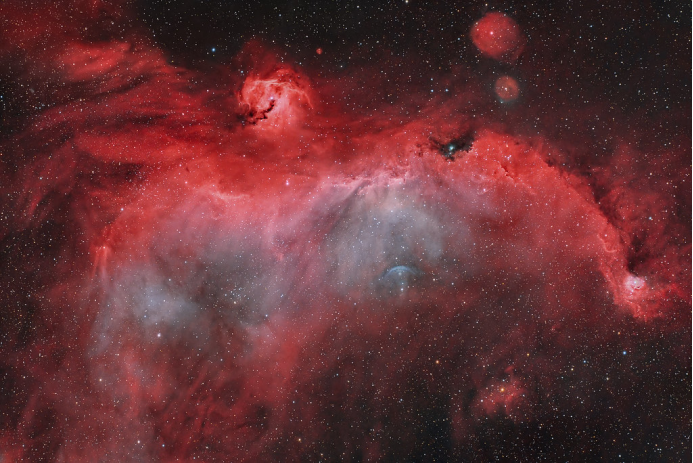
https://apod.nasa.gov/apod/ap240313.html

The International Space Station has been my favorite target since I started astrophotography five years ago. Even though my conditions aren’t ideal—I live in a light-polluted area surrounded by trees,
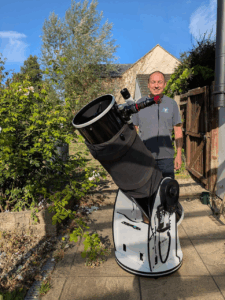
Beginnings in Astrophotography Konstantinos Beis has always been fascinated by the night sky. After moving to a rural area in 2017, where the Milky Way was clearly visible, his passion
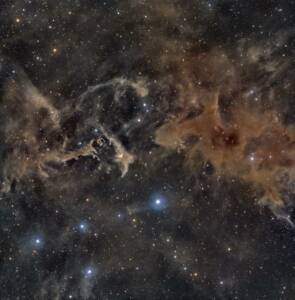
Roy Simanovich, an avid astrophotographer from a heavily light-polluted area (Bortle 9), recently embarked on a solo journey to capture some of the dark nebulae. Let’s follow Roy on that
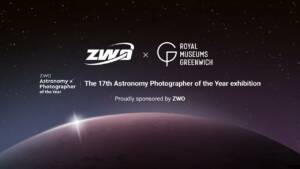
Exclusive Title Sponsorship of the World’s Premier Astronomy Photography Competition August 2025 — ZWO, a pioneer in astronomical imaging from China, is proud to announce its role as the exclusive
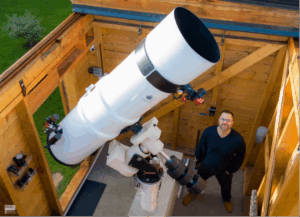
Hello Lóránd, thanks for accepting our interview invitation. Congratulations on winning the ASIWEEK competition in week #20/2025! This is also the third time you’ve been an ASIWEEK winner. Q1:Can you